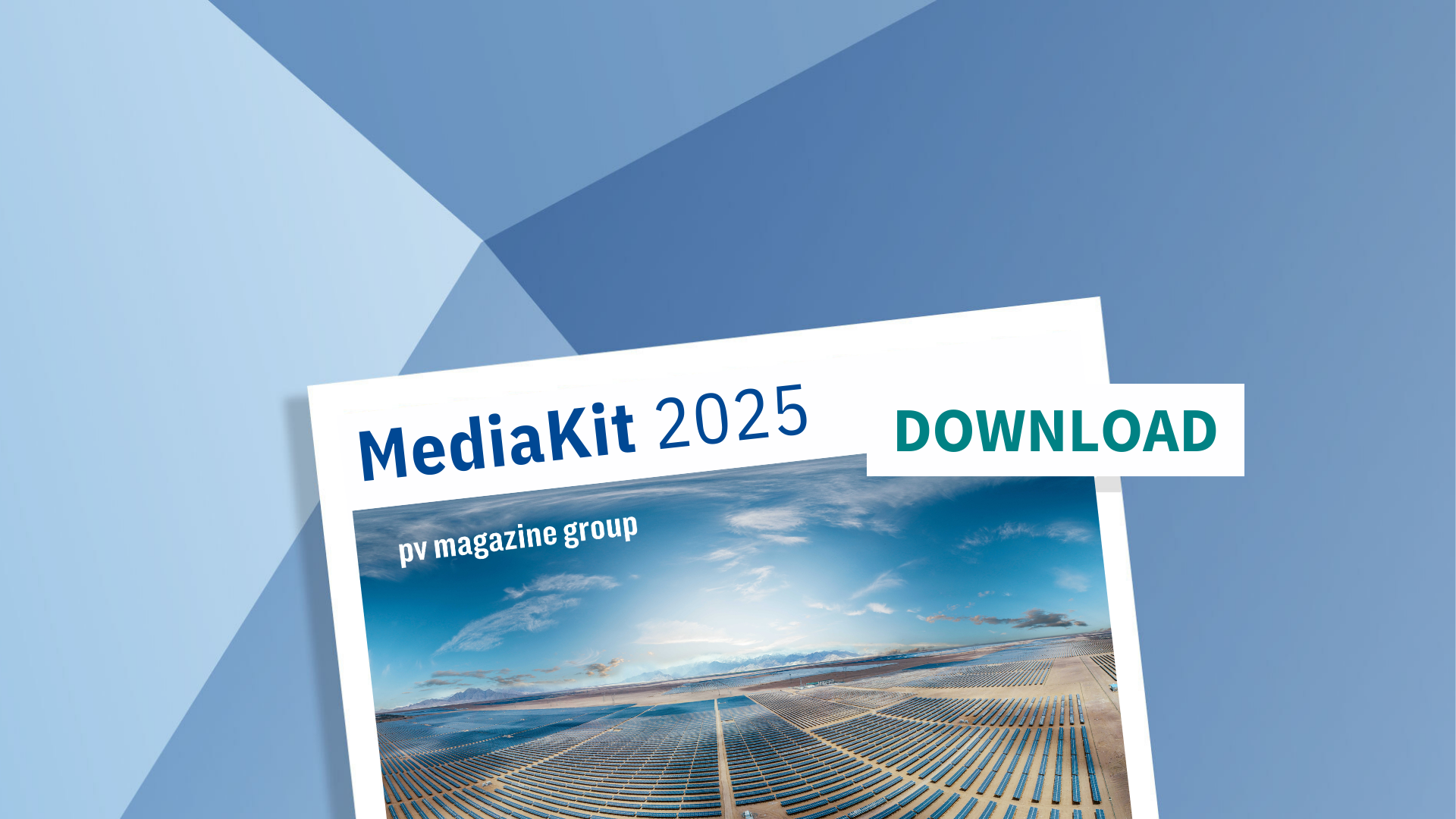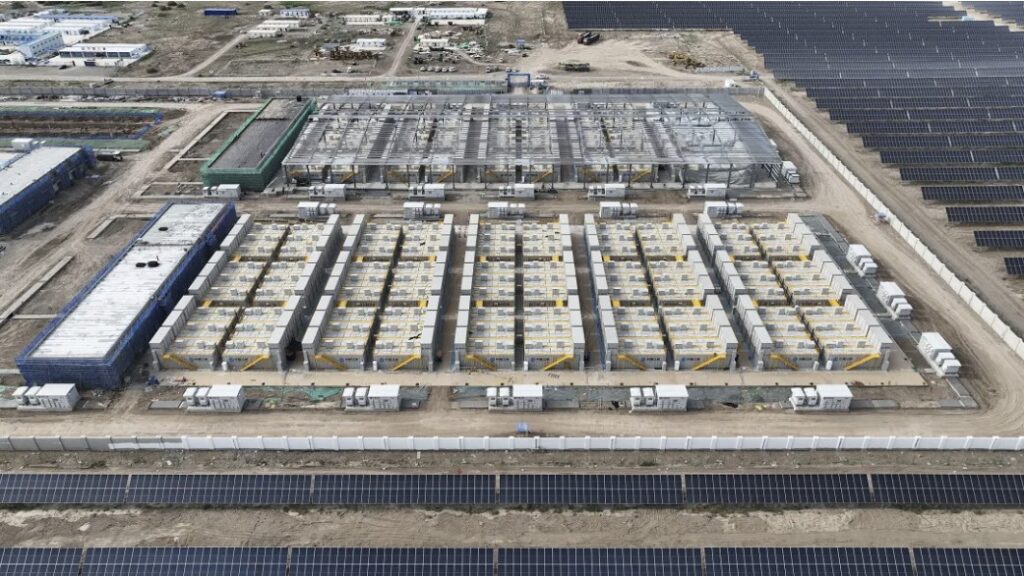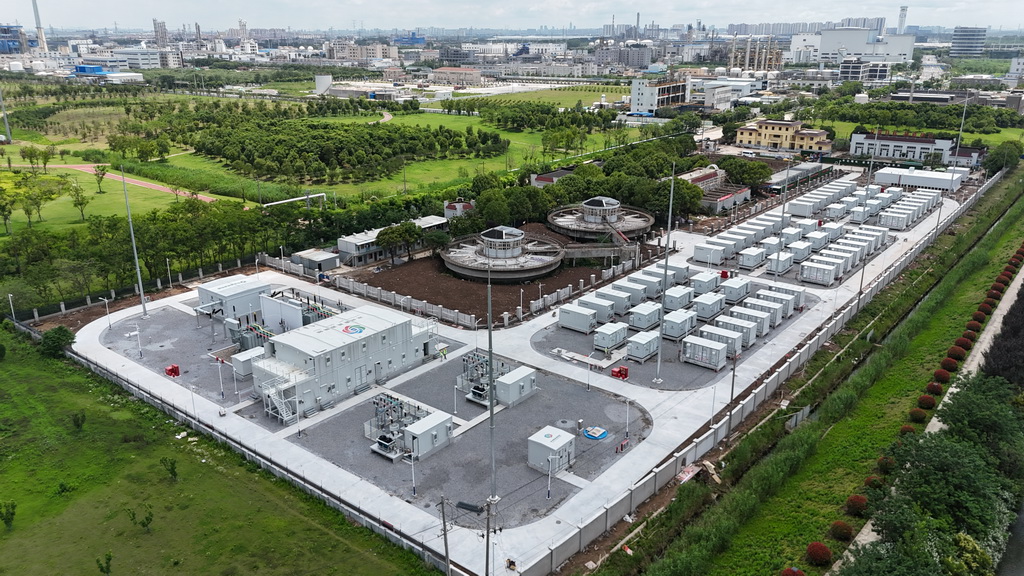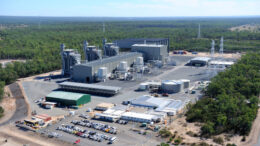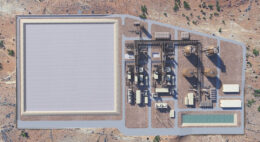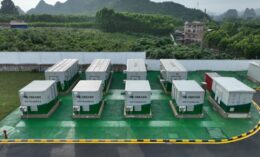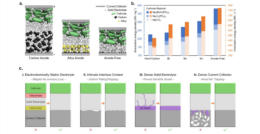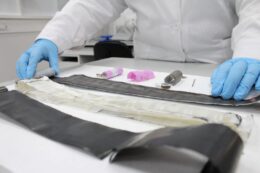New cathode material for high energy density sodium-ion batteries

Sodium-ion batteries (SIBs) are slowly finding their way into lower-priced electric vehicle (EV) applications and first grid-scale energy storage projects, with ongoing research and development efforts focused on improving the technology’s performance, in particular its energy density and cycle life.
Now, researchers at Karlsruhe Institute of Technology (KIT) have made significant advances in SIB technology by improving cycling performance of the NaNiO2 (NNO) cathode. They successfully synthesized, for the first time, the cathode active material NaNi0.9Ti0.1O2 (NNTO), which delivers a specific capacity of 190 mAh/g, thus positioning it as a potential candidate for application in high-energy-density SIBs.
With its high theoretical specific capacity, NNO shows great potential as an O3-type sodium-ion battery material. However, the material exhibits poor electrochemical performance resulting from structural instability and inferior Coulomb efficiency. To enhance its cyclability for practical application, the KIT researchers have modified NNO by titanium substitution to yield the new type of cathode material.
“NNTO delivers a specific discharge capacity of ~190 mAh/g and exhibits good reversibility, even in the presence of multiple phase transitions during cycling in a potential window of 2.0‒4.2 V vs. Na+/Na,” the researchers reported.
Although NNTO shows significant improvements in cycling performance over NNO, it still faces issues that could be addressed through further research.
Large volume variations during battery operation and irreversible lattice oxygen loss at high potentials lead to structural instability and capacity decay. Nevertheless, the performance can be further enhanced through coating and doping strategies, the researchers say.
“By combining physical and electrochemical characterization techniques, insights into the potential reasons behind the capacity fading of NNTO are gained, offering new avenues for tailoring this promising cathode active material. The findings are expected to have broad implications for the sodium-ion battery by providing a novel material for high-energy-density, electrochemical energy-storage applications,” the KIT researchers said.




